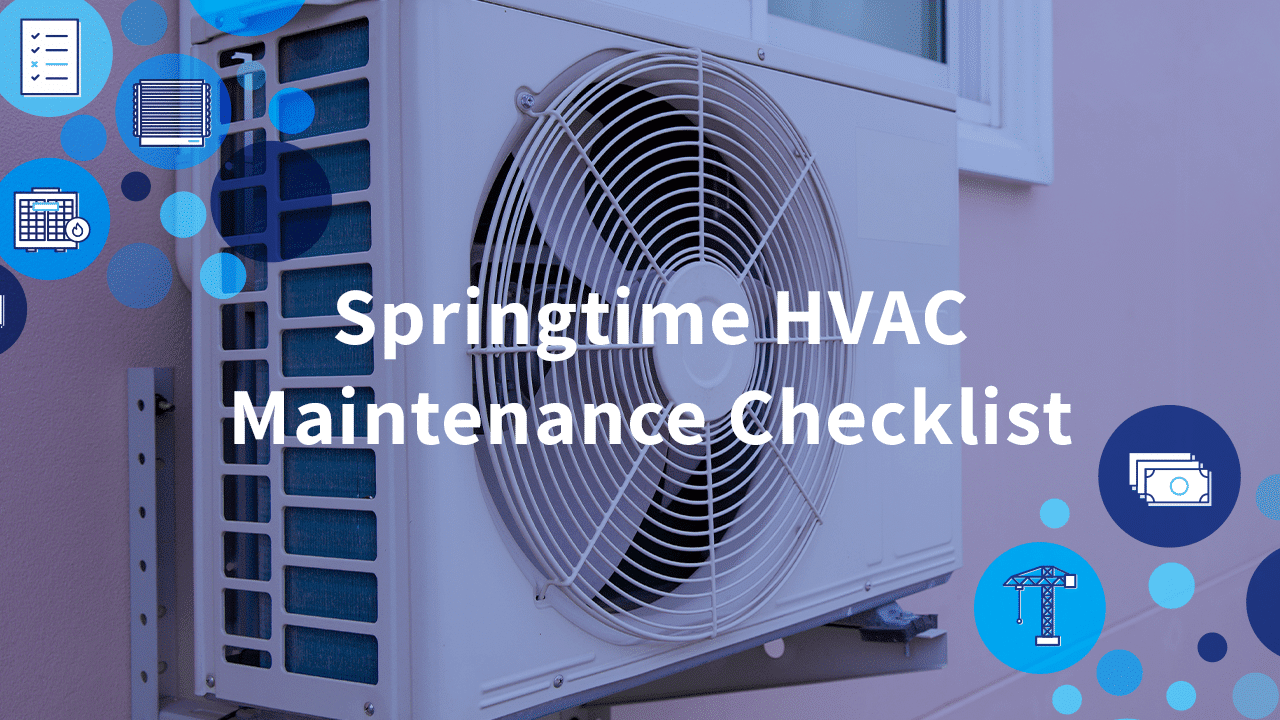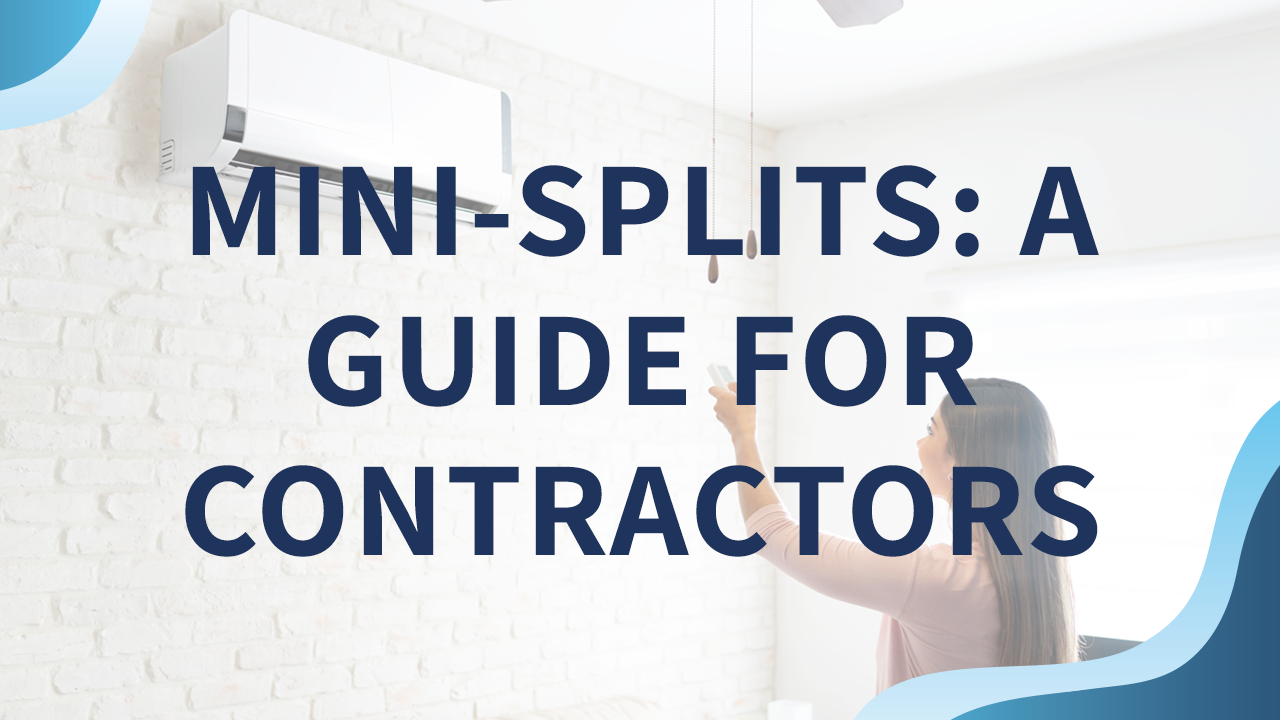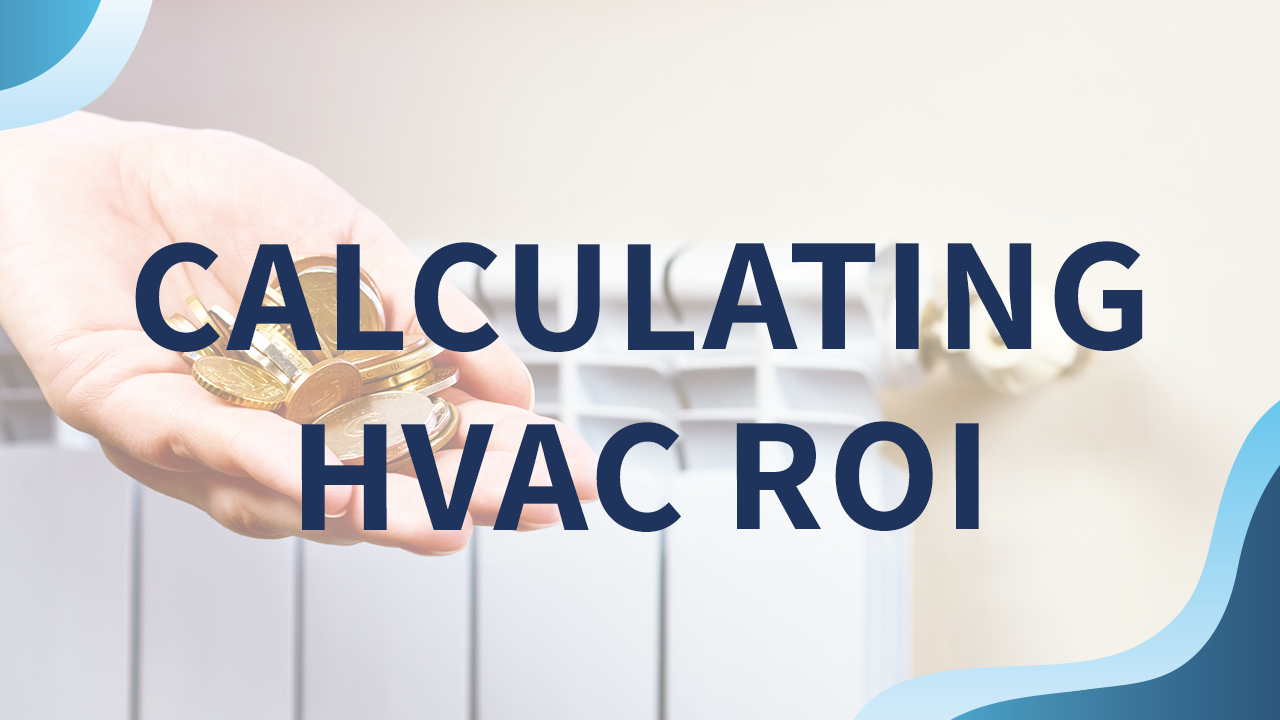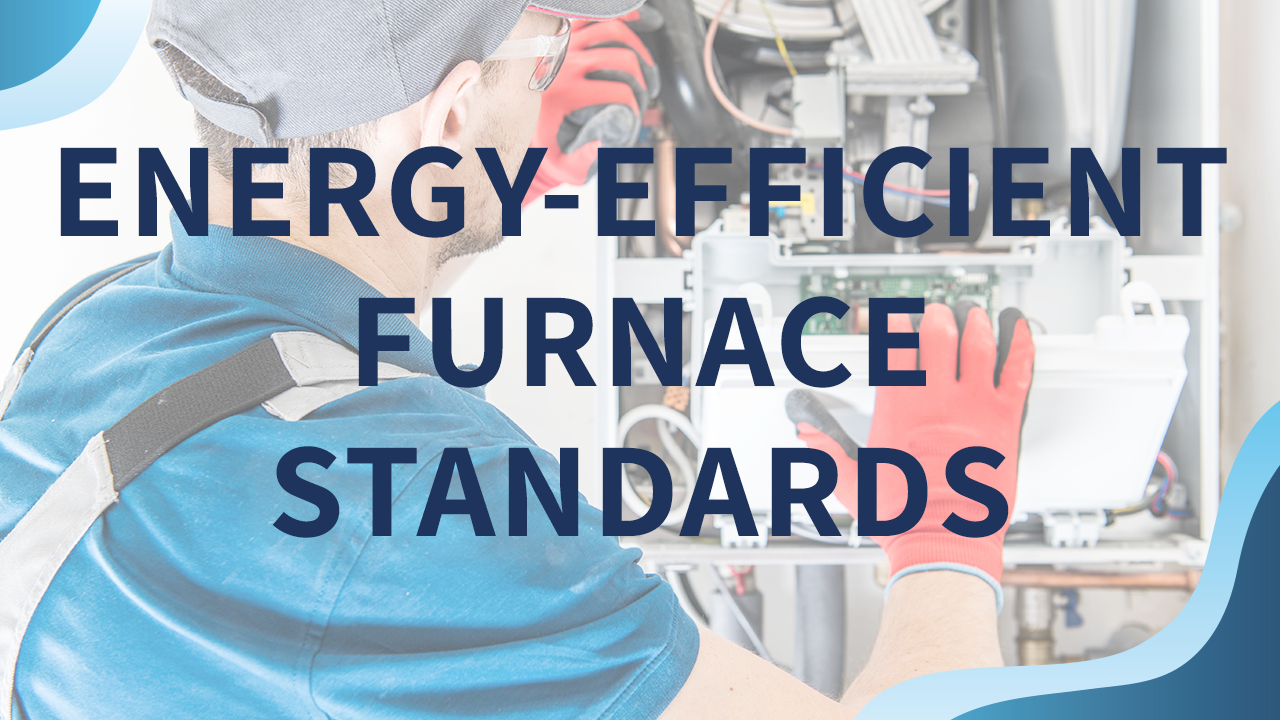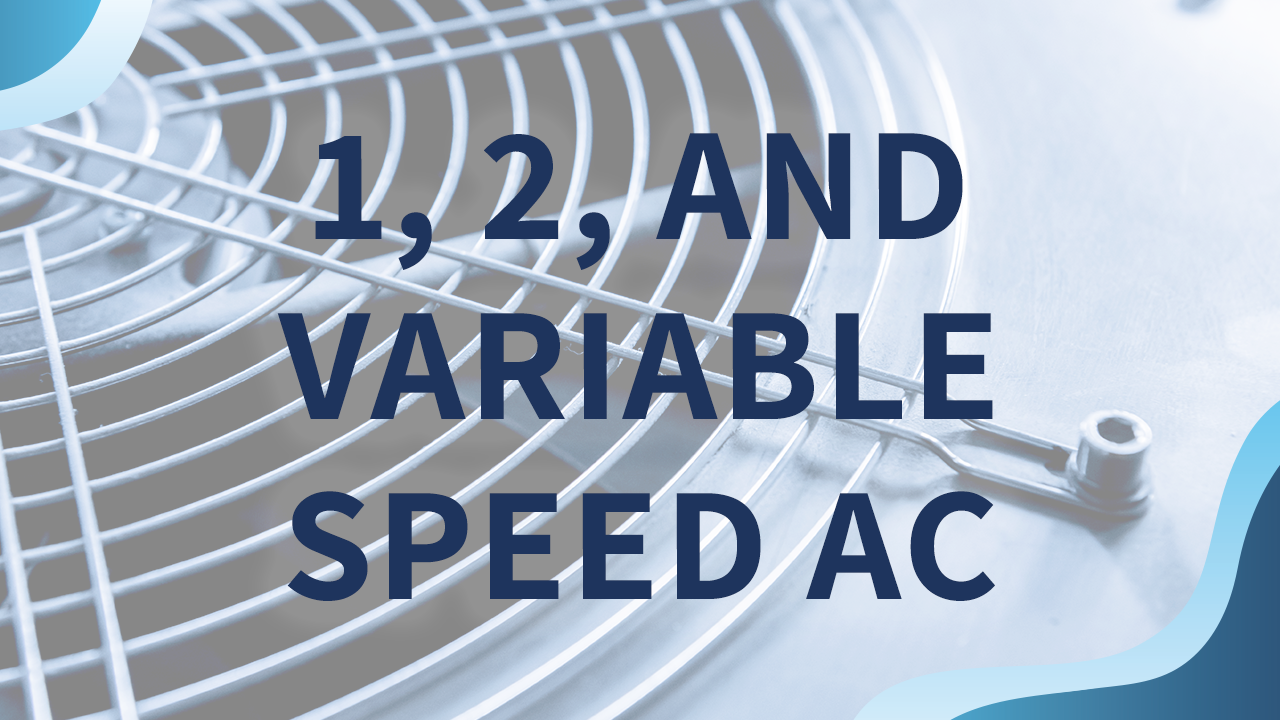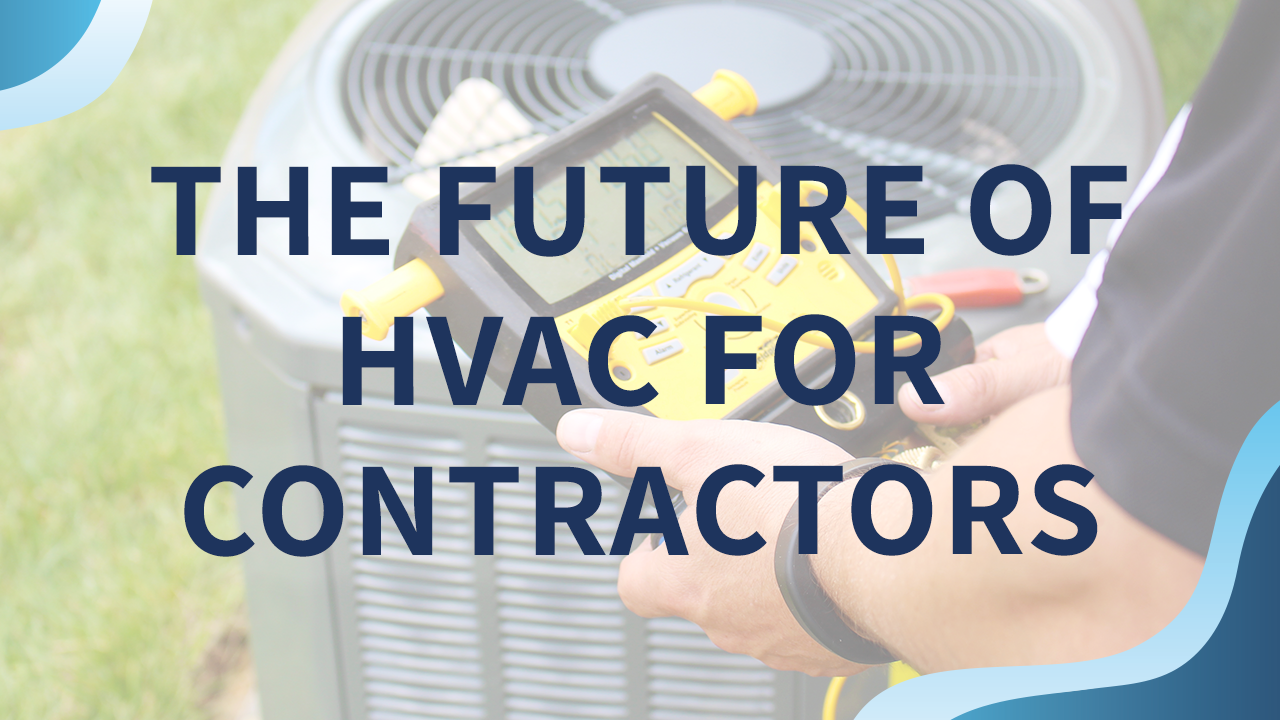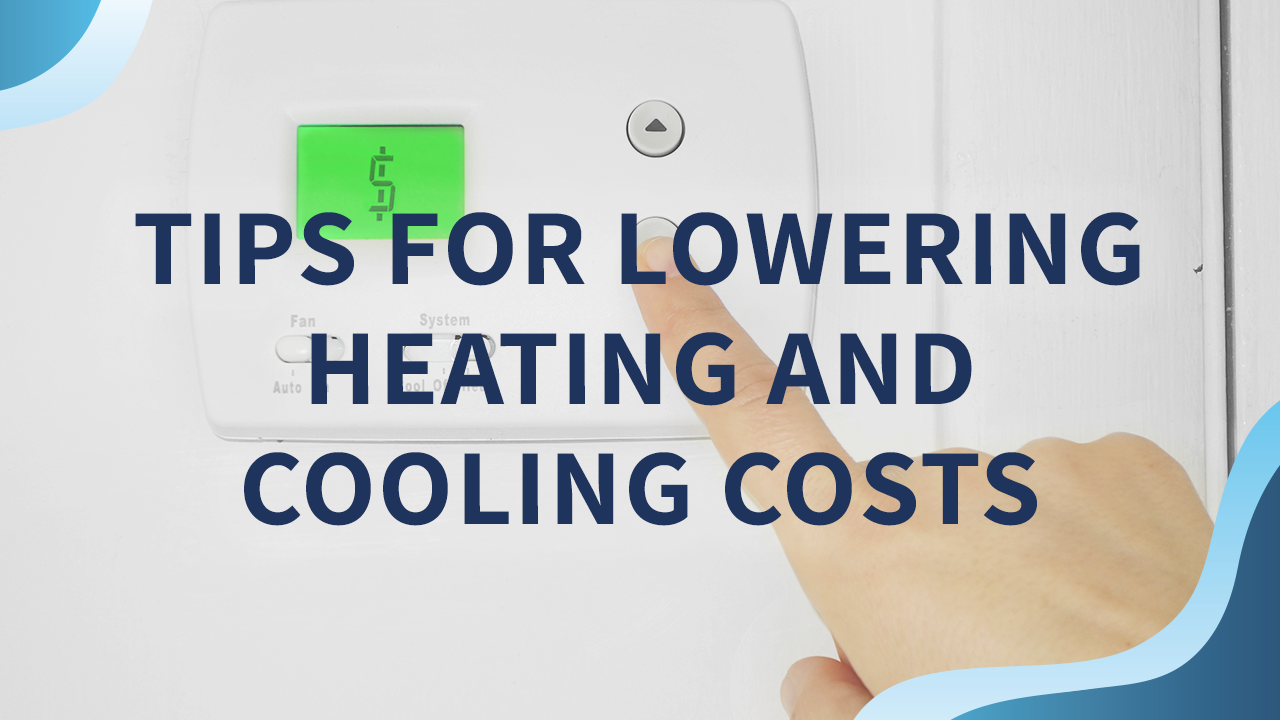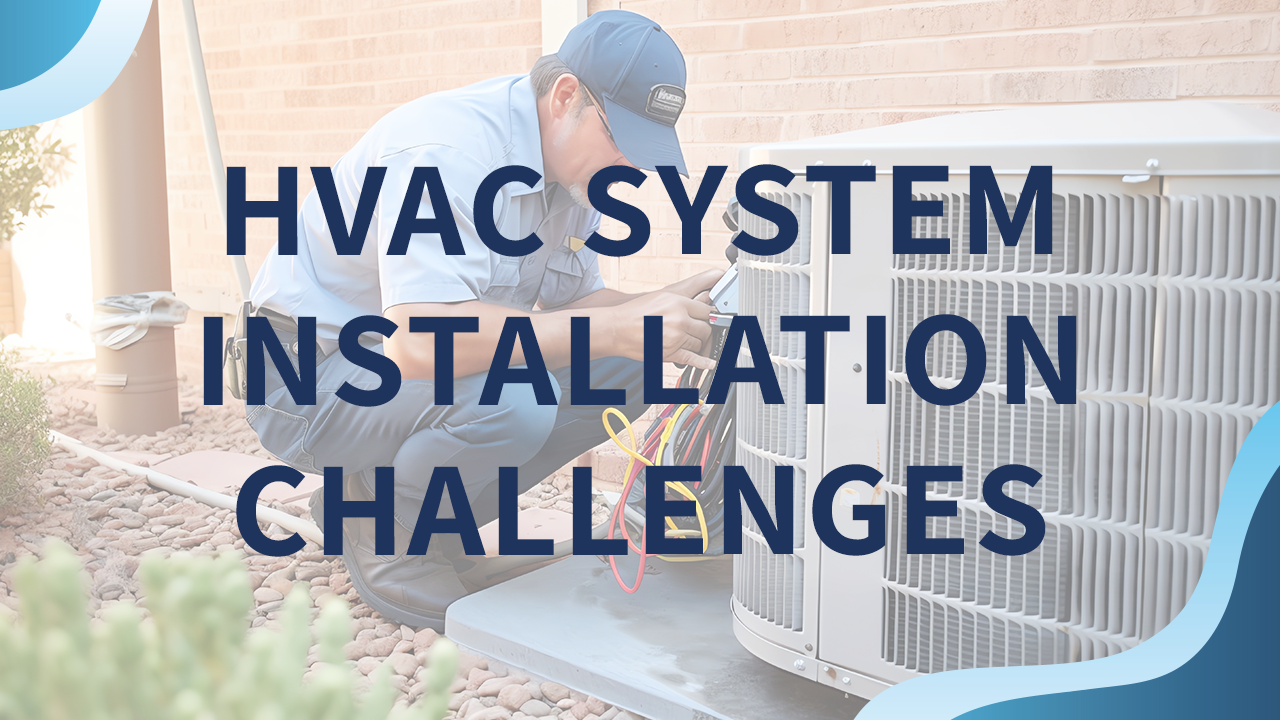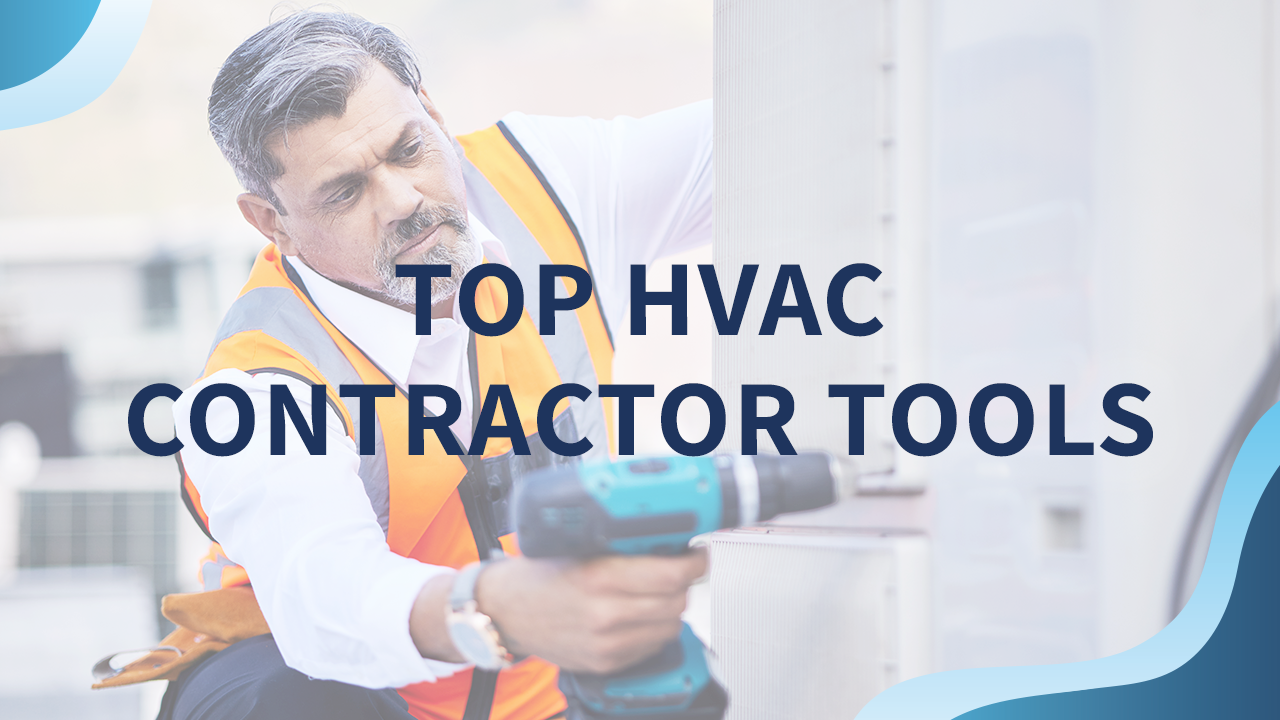As winter comes to a close and spring approaches, it’s important to start thinking about the maintenance of your HVAC system.
With the temperature changing, your HVAC system will need to work harder to maintain a comfortable temperature in your home or business.
As a leading HVAC services provider, Motili knows how important keeping your HVAC system in top shape is. That’s why we’ve put together a comprehensive springtime HVAC maintenance checklist to help you keep your system running efficiently and effectively all season long. By following this checklist, you can ensure that your HVAC system is ready to keep you comfortable, no matter the weather.


Take a look at the following maintenance checklist to ensure your HVAC system is running at peak performance all spring and summer long:
Inspect and Clean Indoor Equipment
Air conditioning equipment can become dirty or damaged during months it’s not in use. So before deploying the AC for the season, inspect indoor HVAC elements such as indoor coils, air blowers, and even vents or ductwork, and clean and replace parts as needed.
Inspect and Clean Outdoor Equipment
While indoor HVAC equipment can attract dust and grime, outdoor units can accumulate more dirt and debris. Each spring, inspect all outdoor gear and clean it as needed. Remove wintertime debris like leaves, acorns, grass, or twigs. You can even open the unit to be sure nothing has slipped inside its case.
Check Refrigerant Levels
Tiny leaks can slowly cause the refrigerant to move into the air over time. Spring is a good time for a professional HVAC tune-up and for a licensed technician to safely inspect your HVAC refrigerant levels to identify leaks. The tech can often replenish lost refrigerant and offer other recommendations to prevent future loss.
Inspect all Electrical Connections
You never know what sort of wear or damage can occur to your HVAC electrical connections. Even small vibrations in the system can eventually lead to loosened connections. So it’s vital to have them periodically inspected, cleaned, and tightened before they damage HVAC equipment.


Inspect and Clean Drains
Your HVAC equipment won’t function effectively if liquid can’t be drained from the unit. Therefore, it’s essential to ensure all drain lines and openings are clear of dirt, debris, and other obstructions as a part of your seasonal maintenance. You can even use an algaecide to prevent blocked drains if necessary.
Dry Out and Clean your Dehumidifier
Allowing the dehumidifier to dry out before cranking on the AC for the season can boost HVAC efficiencies and help protect the equipment from damage. If your HVAC system features a dehumidifier, remove the housing and let it completely air dry. Be sure to clean it out before replacing it.
Check for Leaks
Just because you’ve checked a building for costly air leaks once doesn’t mean cold air won’t find new ways to escape to the outdoors during the hot summer months. Periodically inspecting a building for air leaks is vital in boosting HVAC energy efficiency. Inspect exterior corners, faucets, and foundations for cracks or gaps that could create air leaks. Be sure to look at your indoor crevices for gaps as well. For example, look around electrical outlets, doors, windows, baseboards, weather stripping, attic hatches, fireplace dampers, vents, fans, and even the entry points of cable and phone lines. Repair any gaps with caulking, weather stripping, or other appropriate materials.
Test Airflow
Airflow blockages can reduce an HVAC system’s efficiency by as much as 15 percent, so testing airflow is a necessary preventative maintenance step. Clean and adjust blower components to promote proper system airflow and avoid unnecessary energy drains. When in doubt, a professional HVAC technician can run an airflow test to diagnose other problems in your ducts and equipment.
Check Thermostats
Your HVAC system won’t function properly without an operational thermostat. Check your thermostat each spring, and change the batteries as needed. Before deploying your air conditioner for the summer months, consider replacing it with an energy-efficient programmable thermostat that can reduce cooling bills by as much as 10 percent.
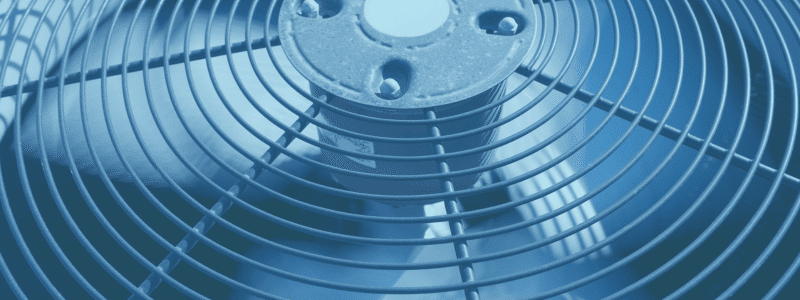

Motili’s HVAC Technology Solution
Motili is the solution to cost-effective equipment, installation, repair, and maintenance.
We combine people, processes, and technology to create a unique and nationally supported app that will help property owners of all kinds to manage their heating and cooling efforts quickly.
Data analysis will continue to be performed by the on-demand service industry, including HVAC technicians, to match consumer needs to service providers. Motili’s platform goes even further by helping building managers make intelligent and proactive business decisions
